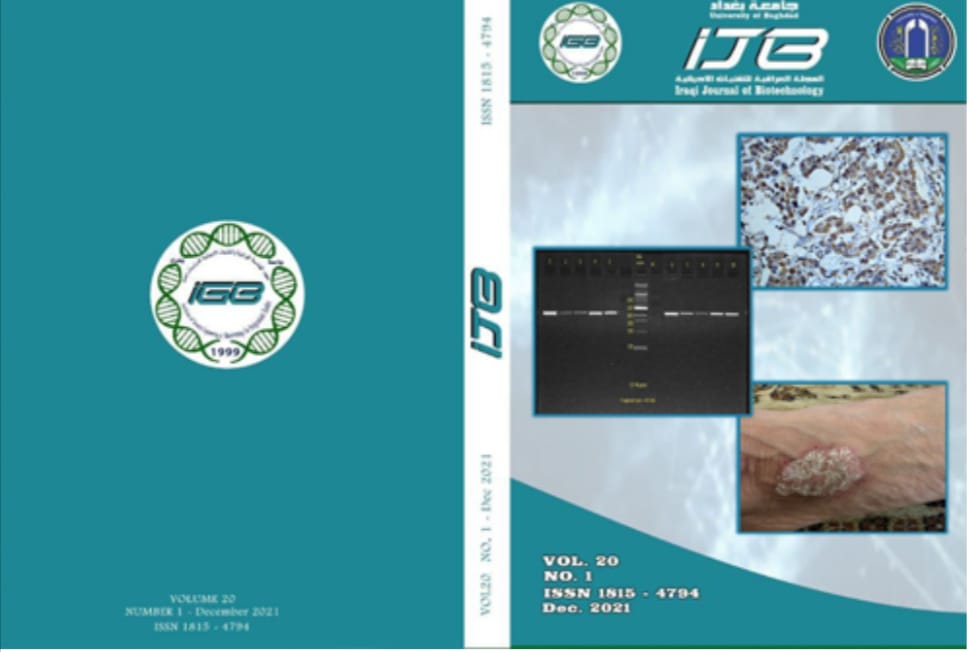Antibacterial and Antibiofilm Activity of Phenolic Compounds Extracted from Camellia sinensis and Evaluate its Effect on the Gene Expression of pelA Gene in Pseudomonas aeruginosa
Abstract
The purpose of this study to extract phenolic compounds from Camellia sinensis, investigate their antibacterial and anti-biofilm properties, and apply them to certain virulence genes that are involved in the production of biofilm in multidrug-resistant Pseudomonas aeruginosa. Twenty-five isolates of P. aeruginosa were collected from the Institute of Genetic Engineering and Biotechnology labs at Baghdad University. Using the VITEK-2 technology and growing the isolates on cetrimide agar, the diagnosis was verified. Extracts of Camellia sinensis leaves are created methanolic and aqueous, respectively, using the maceration technique and the Soxhlet equipment. The results indicated that, at concentrations of 128 and 256 mg/ml, As compared to the aqueous extract, the methanolic extract demonstrated greater efficacy, giving the highest inhibition zone values of 19.33 and 23.67 mm, respectively, when compared to the aqueous extract, which gave inhibition zones of 14.33 and 19.00 mm, respectively. All P. aeruginosa isolates had MIC of 4 mg/ml for the methanolic extract, with the exception of isolates No. 1, 2, and 10, which had MICs of 8 mg/ml and 16 mg/ml, respectively, the MIC of an aqueous extract for five P. aeruginosa isolates was 16 mg/ml, for four isolates it was 32 mg/ml, and for isolate No. 10, it was 64 mg/ml. The methanolic leaf extract of C. sinensis completely prevented P. aeruginosa from forming biofilms at a concentration of 8 mg/ml, whereas the aqueous extract completely inhibited P. aeruginosa isolates' ability to produce biofilms at a concentration of 16 mg/ml. Investigating the virulence gene pelA, which is responsible for P. aeruginosa biofilm formation, the gene expression data revealed reduced pelA gene levels following treating with the methanolic extract’s sub-MIC in contrast to the untreated isolates.


